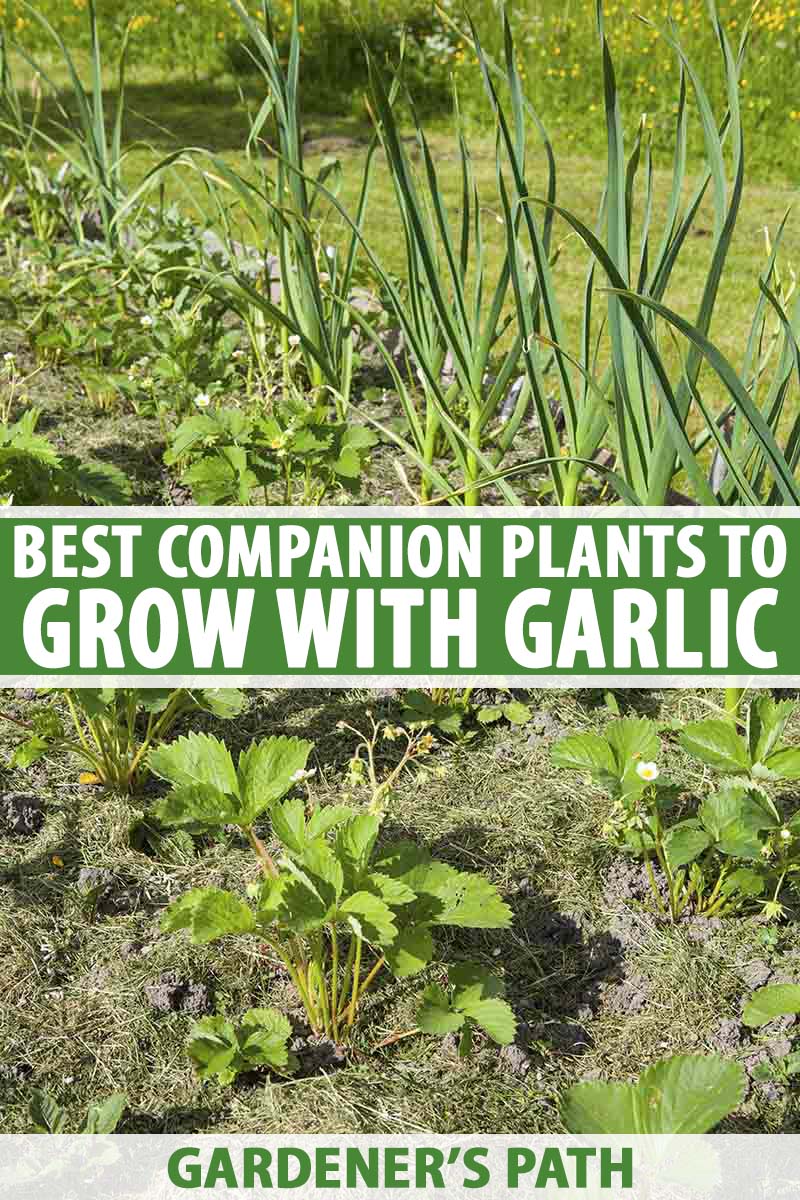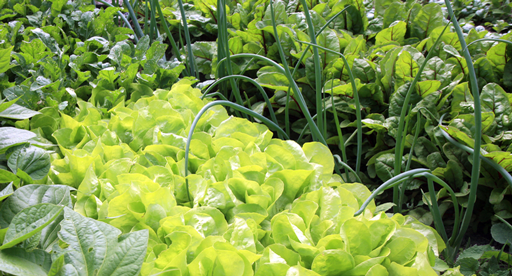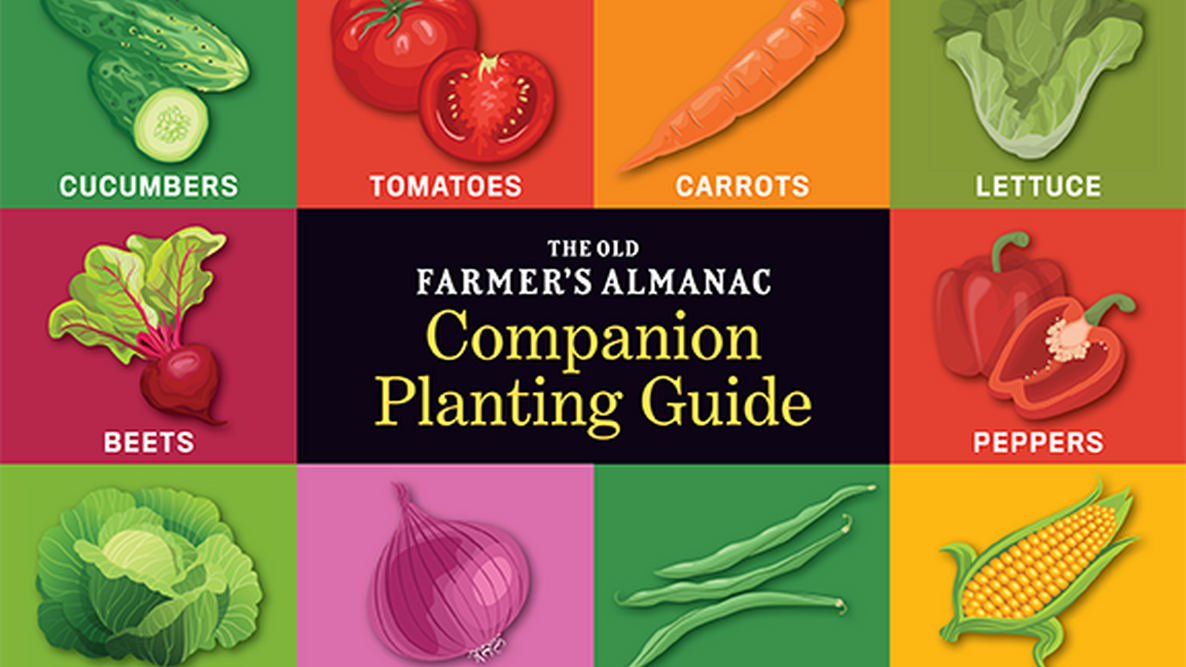Winter Companion Planting: The Ultimate Guide To Growing A Healthy Garden
Winter Companion Planting: The Ultimate Guide to Growing a Healthy Garden
Winter is a great time to garden, even in cold climates. There are many vegetables that can thrive in the cooler weather, and companion planting can help you maximize your harvest.
What is companion planting?
Companion planting is the practice of planting certain plants together in order to benefit each other. Some plants attract beneficial insects, while others deter pests. Some plants improve the soil quality, while others help to suppress weeds.
By planting the right plants together, you can create a more balanced and productive garden.
Why is companion planting important in winter?
In winter, plants need all the help they can get to survive. Companion planting can give them a boost by providing them with nutrients, shelter, and protection from pests.
For example, planting legumes (such as peas and beans) with nitrogen-fixing plants (such as clover and alfalfa) can help to improve the soil quality and provide the plants with the nutrients they need.
Planting tall plants, such as corn and sunflowers, can provide shelter for shorter plants, such as lettuce and spinach. This can help to protect the shorter plants from the cold winter winds.
And planting herbs, such as basil and mint, with vegetables can help to deter pests.
What are some good winter companion plants?
Here are some of the best winter companion plants:
- Beans and peas with clover or alfalfa
- Broccoli and carrots with chamomile or dill
- Cabbage and celery with oregano or peas
- Cauliflower and spinach with chamomile or marigolds
- Corn and squash with beans or peas
- Kale and lettuce with marigolds or nasturtiums
- Onions and potatoes with garlic or herbs
- Spinach and beets with chamomile or marigolds
- Swiss chard and turnips with chamomile or marigolds
How to do winter companion planting
When choosing companion plants, it is important to consider the size, growth habit, and needs of the plants. For example, tall plants should be planted on the north or west side of the garden to protect shorter plants from the wind.
It is also important to consider the pests and diseases that are common in your area. Planting plants that deter or attract specific pests can help to protect your garden.
Finally, don't be afraid to experiment. There are no hard and fast rules when it comes to companion planting. The best way to find out what works for you is to try different combinations and see what happens.
Conclusion
Winter companion planting is a great way to boost your garden's productivity and help your plants thrive in the cooler weather. By planting the right plants together, you can create a more balanced and pest-resistant garden.
So next time you're planning your winter garden, don't forget to consider companion planting. It's a simple way to improve your harvest and enjoy a healthier garden.
Winter companion planting is a great way to boost your vegetable garden's productivity and resilience. By planting certain crops together, you can help them to attract beneficial insects, deter pests, and improve the overall health of your soil.
If you're interested in learning more about winter companion planting, I recommend visiting Gardenia Inspiration. This website has a wealth of information on the topic, including a comprehensive list of companion plants, as well as tips on how to implement companion planting in your own garden.
In addition to providing information on winter companion planting, Gardenia Inspiration also offers a variety of other gardening resources, such as articles on plant care, gardening tips, and recipes for using homegrown produce.
So whether you're a seasoned gardener or just starting out, I encourage you to visit Gardenia Inspiration today to learn more about winter companion planting and how it can help you grow a healthy and productive vegetable garden.
FAQ of winter companion planting
- What is winter companion planting?
Winter companion planting is the practice of planting certain types of plants together in the wintertime. This can help to improve the overall health and productivity of your plants by attracting beneficial insects, deterring pests, and improving soil quality.
- What are some good companion plants for winter?
Some good companion plants for winter include:
- Carrots and onions: These two plants help to repel each other's pests.
- Cabbage and nasturtiums: The nasturtiums help to attract beneficial insects that prey on cabbage pests.
- Garlic and roses: The garlic helps to repel aphids and other pests that can damage roses.
- Lettuce and spinach: These two plants can be grown together in the same bed, as they have similar growing requirements.
- Peas and beans: These two plants can help to fix nitrogen in the soil, which can benefit other plants in the garden.
- How far apart should companion plants be planted?
The distance between companion plants will vary depending on the size of the plants. In general, you should space plants at least 12 inches apart, but you may need to space them further apart if they are large plants.
- What are some tips for winter companion planting?
Here are some tips for winter companion planting:
- Do your research. Before you start planting, do some research to learn about the different companion plants and their benefits.
- Experiment. There is no one-size-fits-all approach to winter companion planting. Experiment with different combinations of plants to see what works best in your garden.
- Be patient. It may take some time to see the benefits of winter companion planting. Don't give up if you don't see results immediately.
- Where can I find more information about winter companion planting?
There are many resources available to learn more about winter companion planting. You can find books, articles, and websites that offer information on this topic. You can also talk to other gardeners or visit your local nursery for more advice.
Image of winter companion planting
Here are 5 different images of winter companion planting from pinterest.com:
- Image 1: A bed of winter pansies (Viola tricolor) and evergreen shrubs. The pansies provide color and interest in the winter garden, while the shrubs provide structure and shelter.

- Image 2: A row of garlic (Allium sativum) planted with sage (Salvia officinalis). The garlic deters pests, while the sage attracts beneficial insects.

- Image 3: A pot of winter hardy herbs, including thyme (Thymus vulgaris), rosemary (Rosmarinus officinalis), and chives (Allium schoenoprasum). These herbs can be harvested throughout the winter for use in cooking.

- Image 4: A bed of winter lettuce (Lactuca sativa) and kale (Brassica oleracea var. acephala). These leafy greens can be harvested even in cold weather.

- Image 5: A grouping of winter annuals, including calendula (Calendula officinalis), marigold (Tagetes patula), and pansies. These annuals provide color and interest in the winter garden.

Post a Comment for "Winter Companion Planting: The Ultimate Guide To Growing A Healthy Garden"